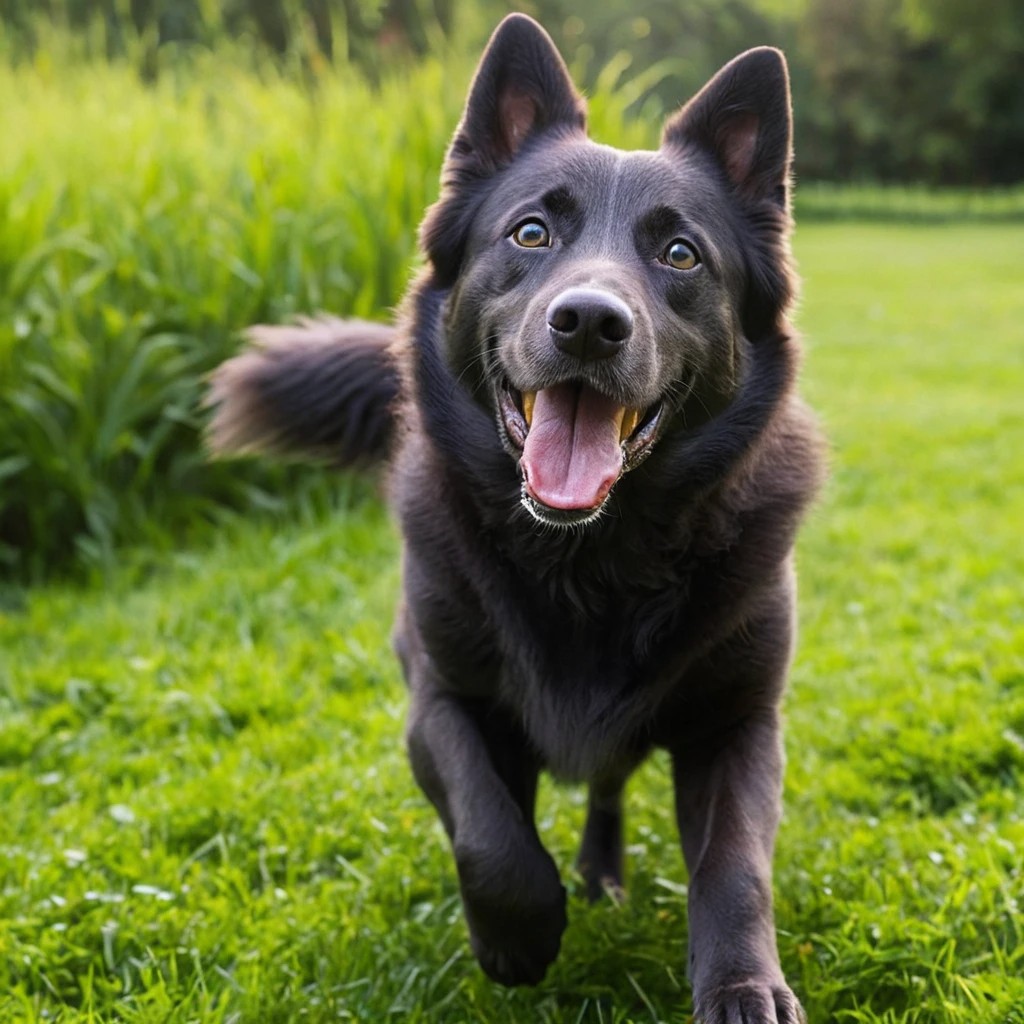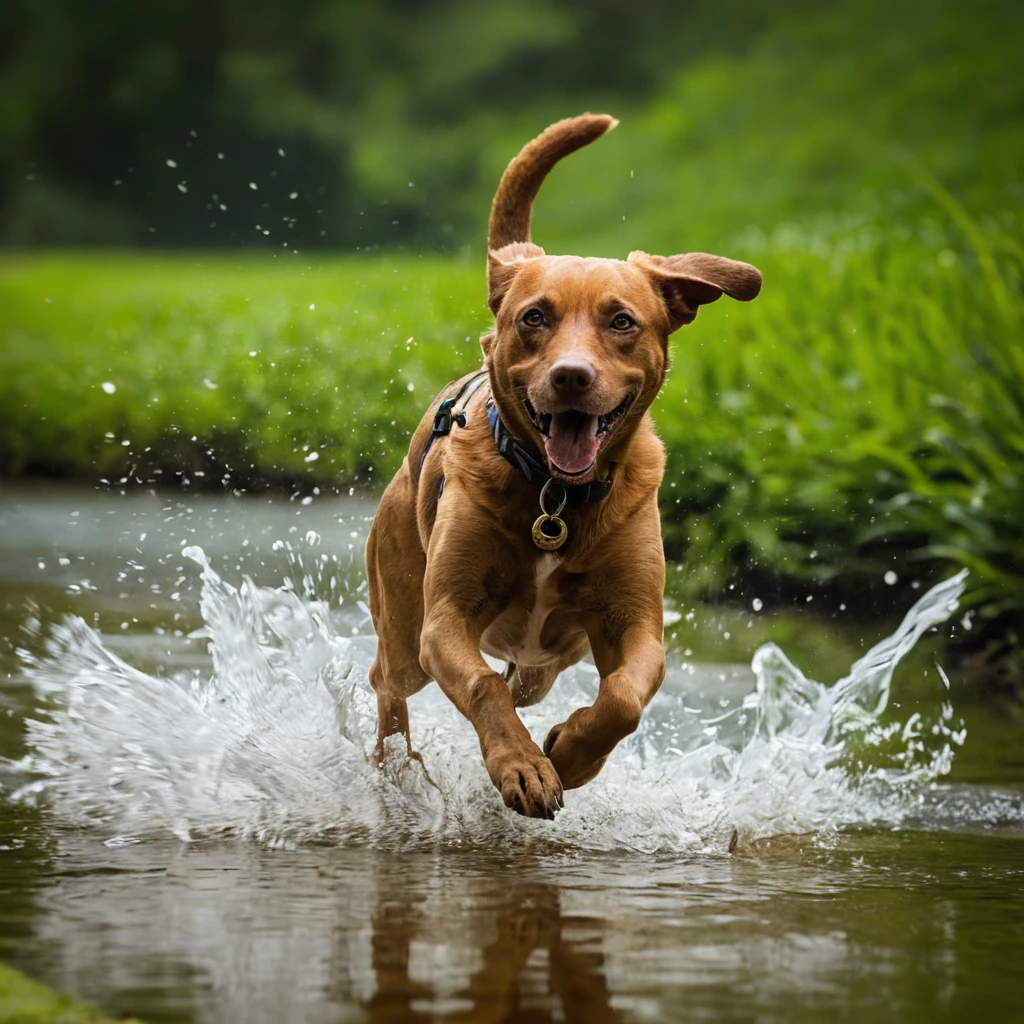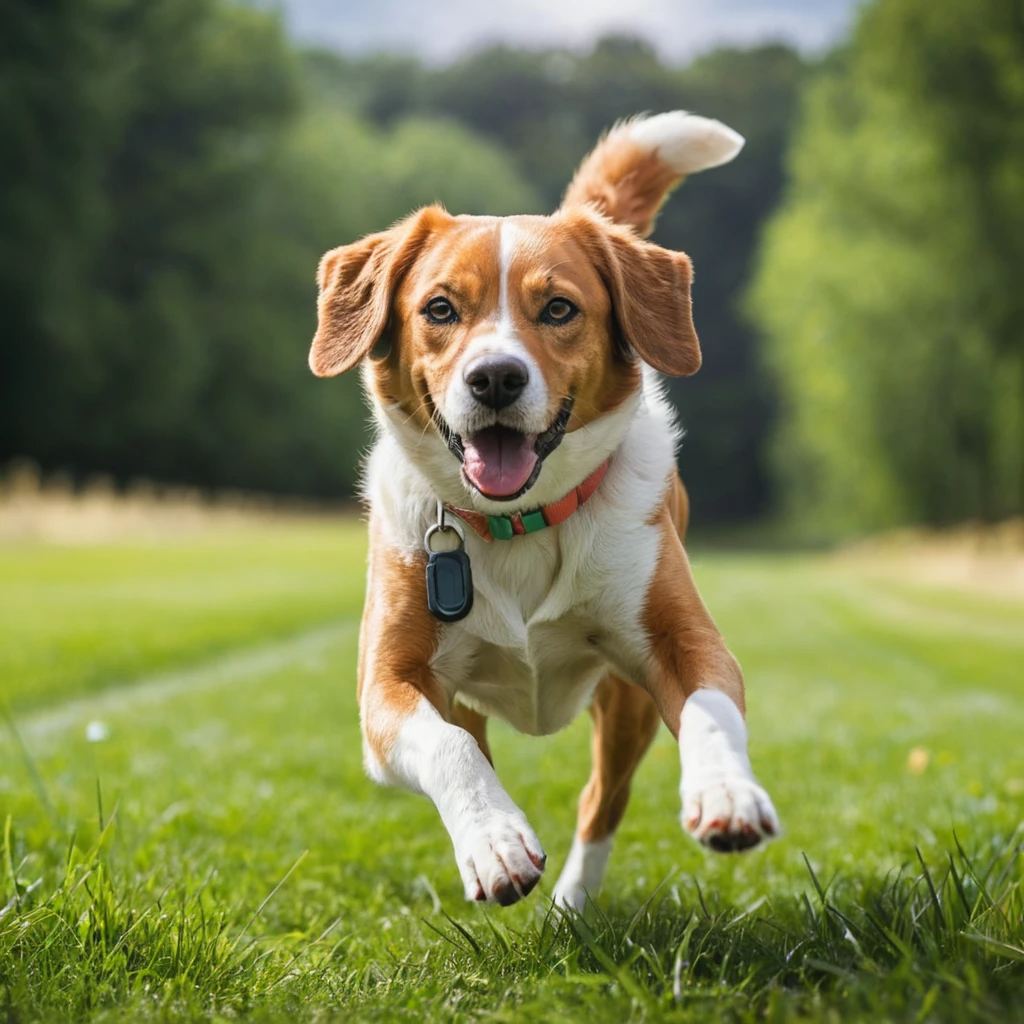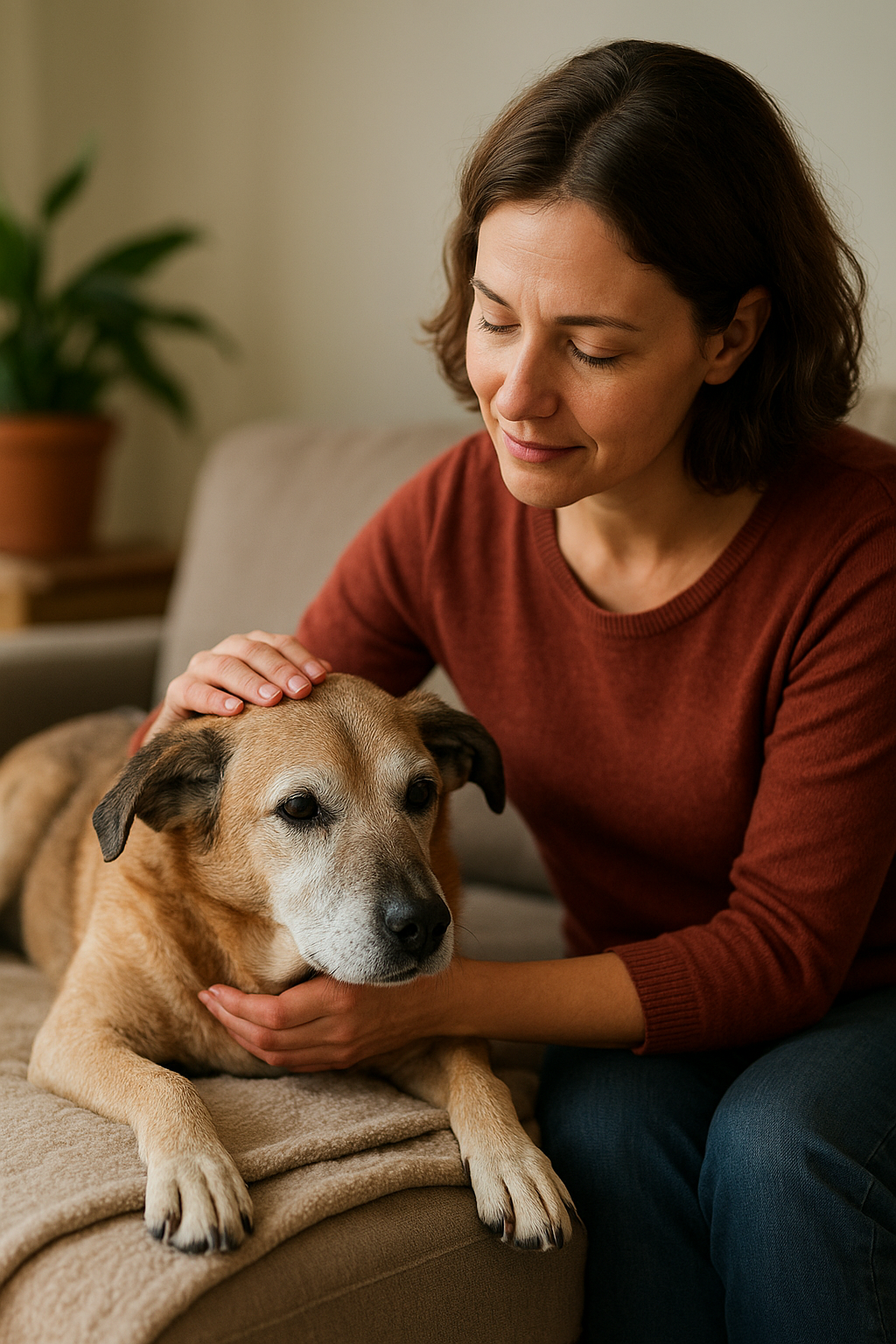Trazer um cachorro para sua vida é uma das decisões mais gratificantes que você pode tomar. Os cães oferecem companhia, apoio emocional e amor incondicional. Mas, para construir um relacionamento forte e saudável com seu pet, você precisa entender suas necessidades e como cuidar dele adequadamente. Este guia completo é perfeito para iniciantes que desejam garantir que seu cão tenha uma vida feliz e saudável.
Compreendendo as Necessidades Básicas do Seu Cão
Todo cão tem necessidades básicas que precisam ser atendidas para prosperar. Essas necessidades incluem comida, água, abrigo, exercícios, interação social e cuidados veterinários regulares. Negligenciar qualquer uma delas pode levar a problemas de saúde e comportamentais.
Alimentação e Nutrição
Escolha uma ração de alta qualidade que seja adequada à raça, idade e nível de atividade do seu pet. Filhotes precisam de mais proteína e gordura, enquanto cães idosos podem precisar de menos calorias e suporte para as articulações. Sempre forneça água fresca e limpa e evite alimentos humanos que possam ser prejudiciais, como chocolate, uvas, cebolas e qualquer alimento com xilitol.
Abrigo e Conforto
Os cães precisam de um lugar seguro e confortável para descansar e se sentirem protegidos. Independentemente de seu cão dormir dentro ou fora de casa, certifique-se de que ele tenha uma cama aconchegante, acesso à sombra no calor e aquecimento no inverno. Se o seu cão fica ao ar livre, uma casinha bem isolada é essencial.
Exercício e Estimulação Mental
Os cães são animais ativos que precisam de exercícios físicos e estimulação mental para se manterem saudáveis e felizes.
Caminhadas e Brincadeiras Diárias
Caminhadas regulares são essenciais — não apenas para a saúde física, mas também para o bem-estar mental. Procure fazer pelo menos 30 minutos por dia, dependendo da raça. Raças com muita energia podem precisar de mais. Brincar de buscar, cabo de guerra ou agility também pode ajudar a queimar energia.
Atividades de Estimulação Mental
Cães entediados podem se tornar destrutivos. Mantenha a mente do seu cão afiada com brinquedos de quebra-cabeça, treinamento de obediência e brincadeiras como esconde-esconde. A rotação regular dos brinquedos também pode ajudar a manter o interesse dele.
Socialização e Adestramento
É uma alegria ter um cão bem socializado e bem treinado por perto. A socialização precoce ajuda os cães a se adaptarem a novas pessoas, animais e ambientes sem medo ou agressão.
Adestramento Básico de Obediência
Comece com comandos essenciais como “senta”, “fica”, “vem” e “deixa”. Consistência, reforço positivo e paciência são fundamentais. O adestramento fortalece o vínculo e facilita o dia a dia de ambos.
Socialização com Outros Cães e Pessoas
Apresente ao seu cão uma variedade de experiências enquanto ele ainda é filhote, se possível. Parques para cães, aulas para filhotes e visitas amigáveis em casa podem ajudar seu cão a se tornar mais confiante e bem-comportado.
Saúde e Higiene
A higiene e os cuidados adequados são essenciais para o bem-estar geral do seu cão.
Consultas Veterinárias Regulares
Agende consultas anuais com um veterinário de confiança. Mantenha as vacinas em dia, a prevenção contra pulgas e carrapatos e a medicação contra dirofilariose. A detecção precoce de problemas de saúde pode salvar a vida do seu cão.
Rotina de Higiene
As necessidades de higiene dos cães variam de acordo com a raça. Cães de pelo longo podem precisar de escovação diária, enquanto os de pelo curto podem ser escovados semanalmente. O banho deve ser feito conforme necessário, usando xampu próprio para cães. Não se esqueça de aparar as unhas, limpar as orelhas e cuidar dos dentes regularmente.
Criando um Ambiente Seguro em Casa
Torne sua casa à prova de cães, removendo plantas tóxicas, fechando as lixeiras e mantendo pequenos objetos fora do alcance. Se você tiver um quintal, certifique-se de que ele esteja bem cercado e livre de perigos.
Brinquedos e Mastigáveis Seguros
Escolha brinquedos feitos especificamente para cães — sem peças pequenas que possam ser engolidas. Evite ossos cozidos, que podem lascar e causar ferimentos internos.
Bem-Estar Emocional e Vínculo
Seu cão precisa de mais do que comida e exercício — ele precisa de amor e atenção.
Passando Tempo de Qualidade
Dedique um tempo todos os dias para acariciar, brincar ou simplesmente relaxar com seu cão. Isso fortalece sua conexão emocional e ajuda seu cão a se sentir seguro.
Compreendendo a Linguagem Corporal Canina
Os cães se comunicam por meio da linguagem corporal. Aprender a interpretar sinais como abanar o rabo, posição das orelhas e expressões faciais pode ajudar você a entender seus humores e necessidades.
Viajando com seu cachorro
Seja uma ida ao veterinário ou férias, viajar com seu cachorro exige planejamento.
Segurança no Carro
Use cinto de segurança, caixa de transporte ou barreira para animais de estimação para manter seu cachorro seguro no carro. Nunca deixe seu cachorro sozinho em um carro estacionado — as temperaturas podem subir ou descer perigosamente rápido.
O que Levar
Leve itens essenciais como comida, água, guia, etiquetas de identificação, sacos de lixo e quaisquer medicamentos. Se for passar a noite, leve a cama ou cobertor do seu cachorro para proporcionar conforto em um novo ambiente.
Escolhendo o Cachorro Certo para o Seu Estilo de Vida
Se você ainda está decidindo se terá um cachorro, certifique-se de escolher um que se adapte ao seu estilo de vida. Considere o nível de energia, o tamanho, as necessidades de higiene e o temperamento do cachorro.
Adoção vs. Reprodução
Considere adotar de um abrigo ou organização de resgate. Muitos cães maravilhosos estão esperando por um lar, e a adoção salva vidas. Se você optar por comprar de um criador, certifique-se de













